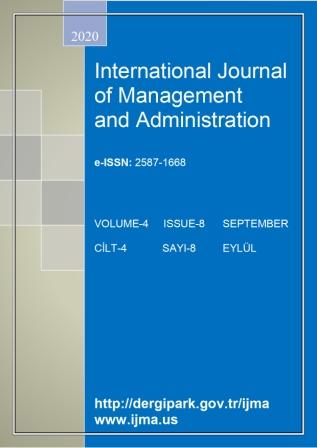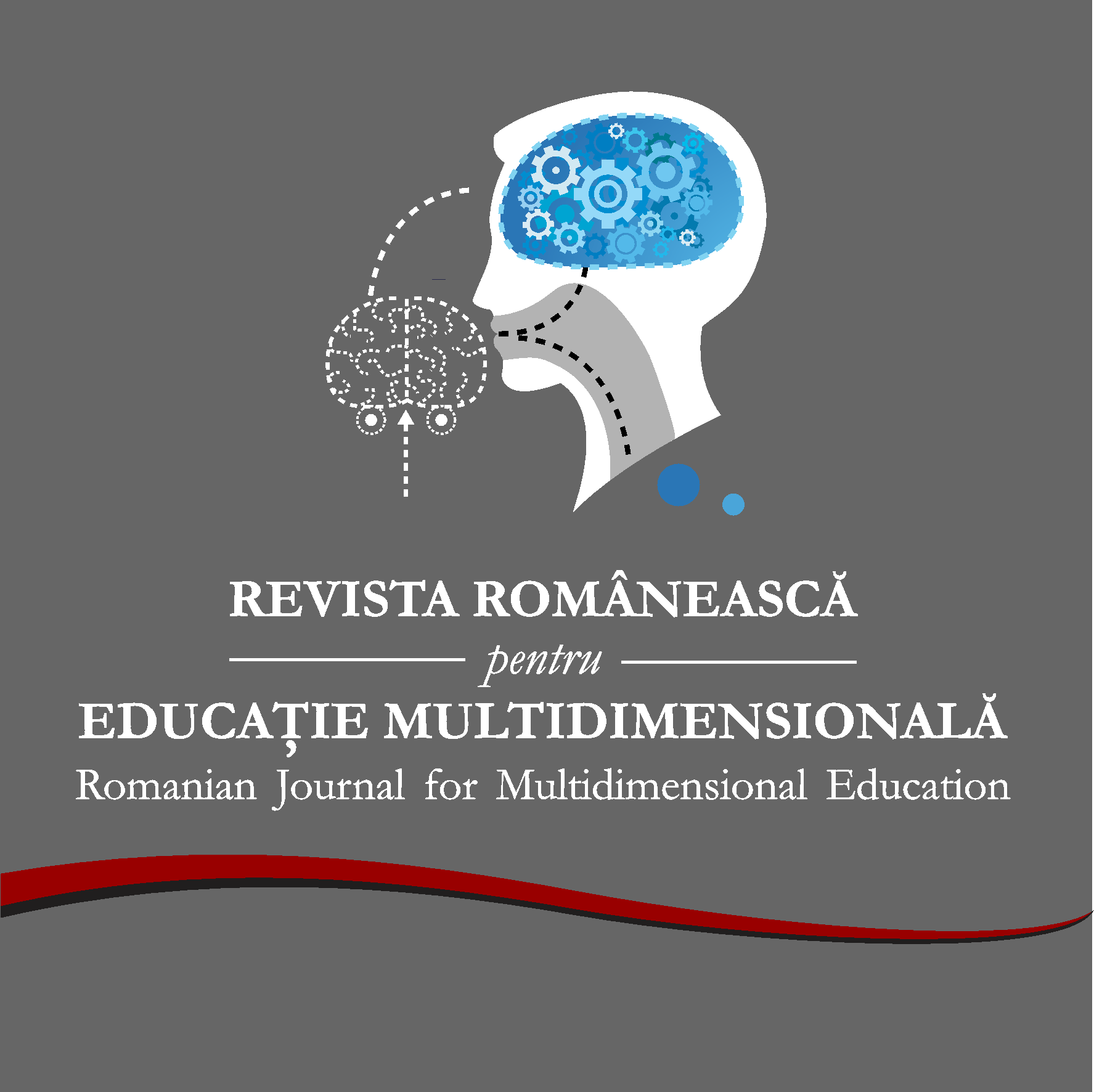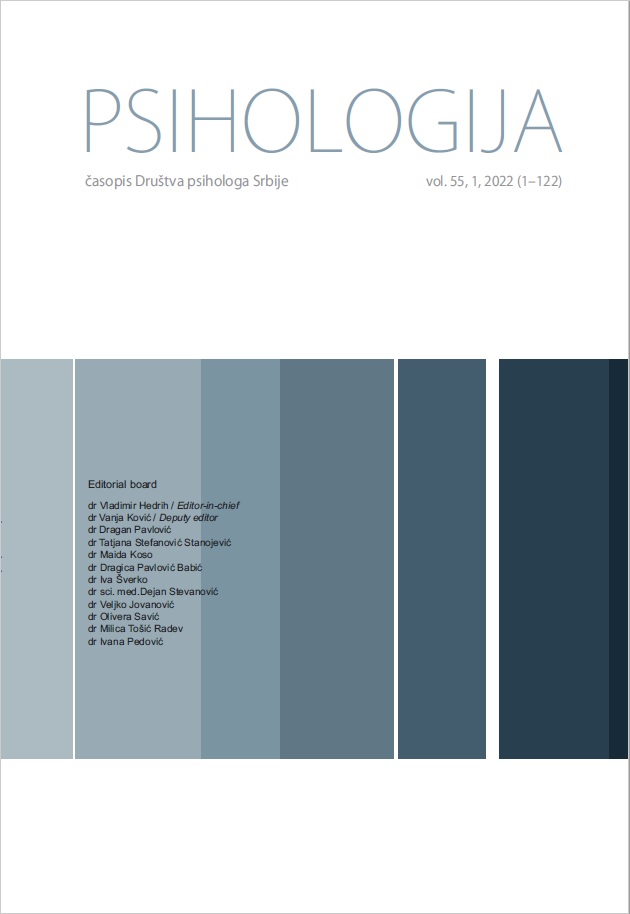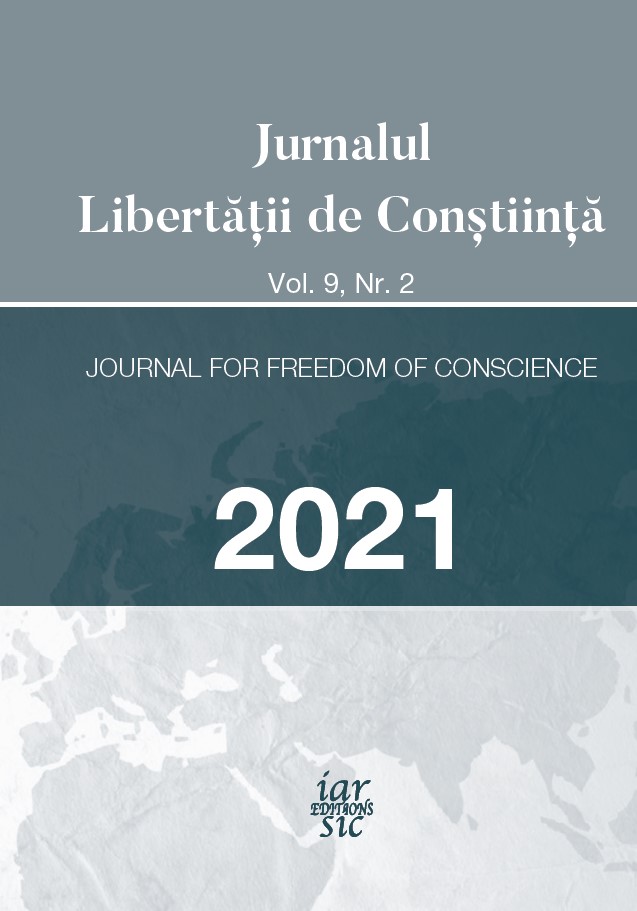Author(s): Radka Čopková,Monika Hricová / Language(s): English
Issue: 3/2021
Background: For human beings, it is natural to set goals and work on their achievements. The process of creating, pursuing, and achieving goals in the form of self-regulation is an essential part of an individual's life, as it helps them to create and subsequently implement their life plan. However, even with individually set goals, one does not always achieve them, and some goals can turn out to be unattainable. Personal goals can therefore be a source of stress, especially if the person encounters serious obstacles or experiences major setbacks. The presence of obstacles makes it difficult to pursue the goal. Such obstacles are a natural part of the goal process, which can prevent one from fulfilling their intentions. There are several classifications of obstacles, based on hedonic (Shah & Kruglanski, 2008), time perspective (LeducCummings et al., 2017), effect (Marguc et al., 2011) and the most common division based on subjectivity/objectivity (Marguc et al., 2011; Milyavskaya et al., 2015). When people confront obstacles in goal striving, action crises come into question (Ghassemi et al., 2017). A crisis occurs in a number of ways: when an individual experiences repeated failures or an increasing number of obstacles in achieving the goal; when they encounter situations in goal progress that they cannot solve; when they experience a conflict between whether to stay on the road to the goal or to give up the goal; and when they are constantly returning in their thoughts to how they failed to achieve the goal (Brandstätter & Schüler, 2013). It is surprising that we found only a small number of research findings that addressed the issue of the relationship between obstacles and action crisis, and no results about the relationship between obstacle characteristics and action crisis. Kreibich et al. (2020) found that participants with a higher tendency to identify obstacles regarding their personal goals reported higher action crises. Additionally, participants with higher action crisis reported more obstacles. Marion-Jetten et al. (2021) suggest that several obstacles can arise during an action crisis. Aim: The main goal of the current research was to clarify the relationship between experiencing action crisis and the type of obstacle (subjective/ objective), to explain the connection between action crisis and selected obstacle characteristics as perceived frequency and intensity. An additional goal was to categorize obstacles according to content, based on the criterion of subjectivity and objectivity. Method: The study was conducted on a sample of 542 young adults aged from 18 to 34 years (Mage = 22.2; SD = 1.96). The sample consisted of 73.25 % females (N = 379) and of 26.75% males (N = 145). Convenience and purposive sampling methods have been used. Socio-demographic data (gender, age, field of study, year, employment / student status), an open-ended question addressing the specific obstacles that respondents face orexpect to face in pursuing the specific goal they have set, perceived frequency and intensity of the obstacle measured on a 5 - point Likert scale and Action Crisis Scale (ACRISS; Brandstätter & Schüler, 2013; Kačmár et al., 2021) were administered. ACRISS is represented by six items, each item rated on a scale ranging from 1 (no agreement) to 5 (very much agreement). All items reflect an internal decisional conflict between disengagement and further pursuit of a personal goal; specifically doubts, recurrent setbacks, implemental disorientation, ruminating, disengagement impulses and procrastinating. The internal reliability of the scale was acceptable (α = 0.623). The data were obtained in several partial studies, which concerned the setting of goals and the occurrence of obstacles in various areas of human life - weight loss, education, any personal goal, or one that the respondent wants to achieve by a certain age. T-test for independent samples, One-way ANOVA, Games-Howell post hoc test Pearson correlation coefficient and multiple linear regression were used. The statements of the respondents were analysed by content analysis (Miovský, 2006). Results: Content analysis of obstacles based on the criterion of subjectivity and objectivity was conducted. Among the subjective obstacles, the most represented were those related to the current physical and mental condition (33.9 %), then low self-control (29.5 %), personality factors (21.4 %) and the competitive goal (15.2%). For objective obstacles, the most represented were those of a situational nature (36.6 %), resources (24.4 %), and physical (8.9 %). Overall, subjective obstacles accounted for 47.7 % of all obstacles and objectives for 52.3 %. There were no significant differences in the level of action crisis in the occurrence of subjective and objective obstacles in achieving the goal, although descriptive indicators suggest a higher probability of action crisis in objective obstacles. The results indicate (F (7/176) = 4.540; p <0.001 *) the existence of difference between different subtypes of obstacles in the action crisis. The results of the Games-Howell post hoc test showed that in situational resources, concurrent goal and mental / physical state obstacles, the level of action crisis is significantly higher than in personality obstacles. The action crisis has a positive and significant relationship with the frequency of the obstacle (r = 0.392**; p <0.01), perceived intensity of the obstacle (r = 0.253**; p <0.01 ), which prevents respondents from goal achievement. The results of multiple regression analysis (F (3/1483) = 94.90; p <0.001; R2 = 0.161) showed that frequency (β = 1.320; t = 12.999; p <0.001) and obstacle intensity (β = 0.266; t = 3.475; p <0.001) were significant predictors of the action crisis, regardless of the type of obstacle (β = - 0.237; t = 0.996; p = 0.319). Conclusion: We perceive the benefit of the study to be in the enrichment of the existing classifications of obstacles by adding two more categories (physical / mental state and personality). It is also a beneficial finding that objective and subjective obstacles contribute to the experiencing of the action crisis to approximately the same extent, but with a more detailed look at specific types of obstacles, it is possible to notice differences. The results suggest that it is not the type of obstacle that is crucial, but rather the perceived intensity and frequency of the obstacle. These results support not only the importance of self-reflection, persistence training, self-control, but also mental resilience.
More...





![HOW PEOPLE [TRY TO] DETECT LIES IN EVERYDAY LIFE](/api/image/getissuecoverimage?id=picture_2021_64757.png)








